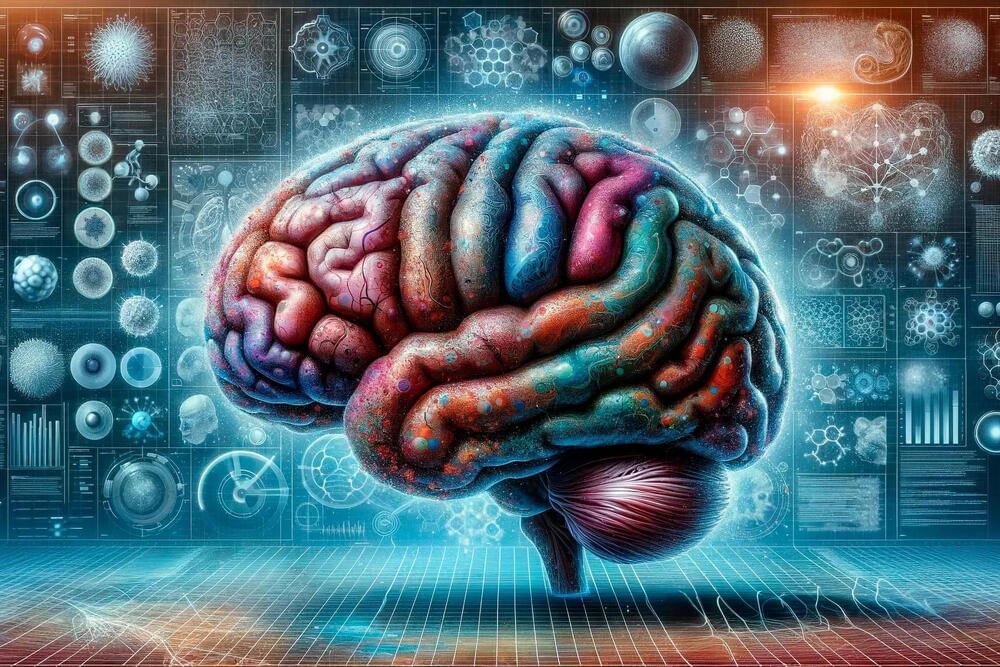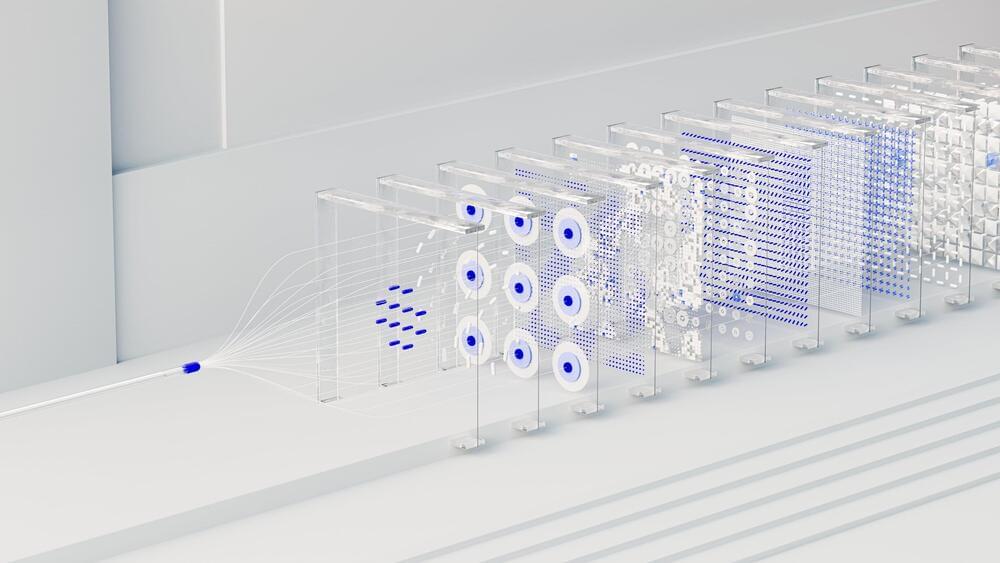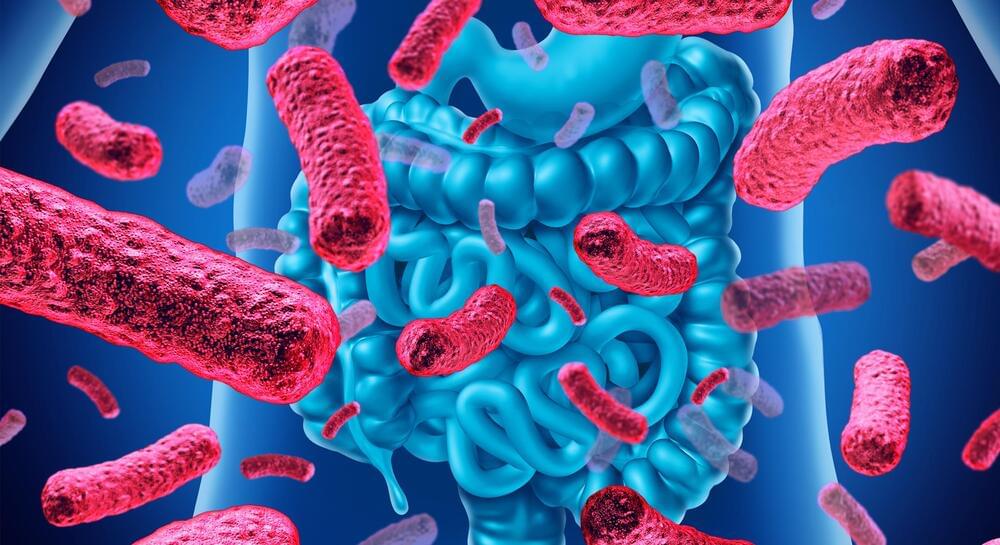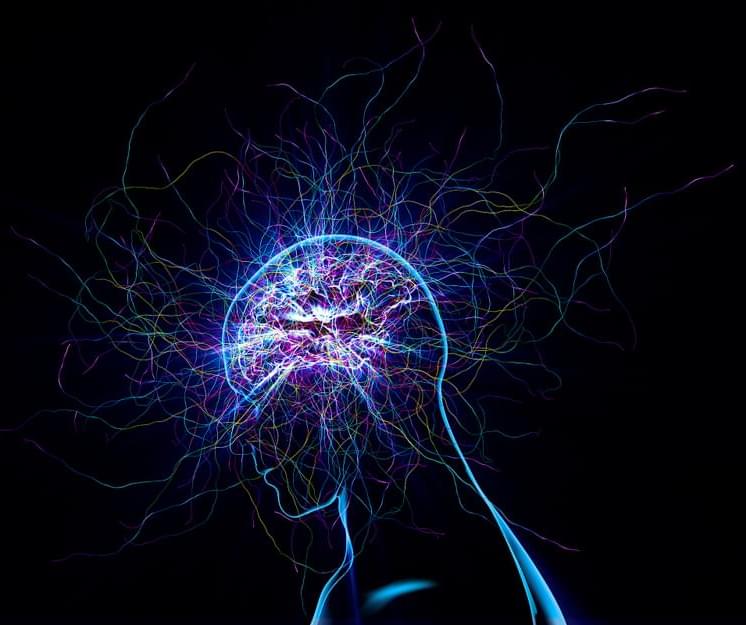#hardscifi #scifimovies #scifi
Category: science – Page 36

Japan: Advancing tech landscape with women in science & technology
Japan, a country known for its rich history and technological prowess, is moving towards a more equitable evolution. Join us as we explore the compelling journey of women in science and technology, breaking barriers, unlocking innovation, and potentially steering japan toward a brighter, more inclusive future.

Mind Mapping: A Human Brain Cell Atlas Ushering In “A New Era in Brain Science”
The new research, part of the NIH BRAIN Initiative, paves the way toward treating, preventing, and curing brain disorders.
Salk Institute researchers, as part of a larger collaboration with research teams around the world, analyzed more than half a million brain cells from three human brains to assemble an atlas of hundreds of cell types that make up a human brain in unprecedented detail.
The research, published in a special issue of the journal Science on October 13, 2023, is the first time that techniques to identify brain cell subtypes originally developed and applied in mice have been applied to human brains.
Star Trek and real-life science
This week Sing For Science and Science Friday are joining forces to bring you a new episode of Universe of Art. Learn how Star Trek incorporates real-life science.


New analysis in Science explores artificial intelligence and interspecific law
Artificial intelligence already wears multiple hats in the workplace, whether its writing ad copy, handling customer support requests, or filtering job applications. As the technology continues its ascent and capabilities, the notion of corporations managed or owned by AI becomes less far-fetched. The legal framework already exists to allow “Zero-member LLCs.”
How would an AI-operated LLC be treated under the law, and how would AI respond to legal responsibilities or consequences as the owner/manager of an LLC? These questions speak to an unprecedented challenge facing lawmakers: the regulation of a nonhuman entity with the same (or better) cognitive capabilities as humans that, if left unresolved or poorly addressed, could slip beyond human control.
“Artificial intelligence and interspecific law,” an article by Daniel Gervais of Vanderbilt Law School and John Nay of The Center for Legal Informatics at Stanford University, and a Visiting Scholar at Vanderbilt, argues for more AI research on the legal compliance of nonhumans with human-level intellectual capacity.

Endeavour assembly at Science Center starts with lifting 52-ton rockets into place
The space shuttle Endeavour’s twin giant rockets will be hoisted by crane next week and affixed into place atop the craft’s aft skirts in a first step of assembling a full-stack configuration of the shuttle at the future Samuel Oschin Air and Space Center.
The two solid rocket motors—each weighing 104,000 pounds and the size of a Boeing 757 fuselage—were transported by truck in early October from Mojave Air and Space Port to the science center in South Los Angeles.
“It’s actually pretty exciting. This is the first big tall pieces of the stack going into the building,” California Science Center President Jeffrey Rudolph said. Each solid rocket motor measures 116 feet and makes up most of the length of the 149-foot solid rocket boosters. At liftoff, the white solid rocket boosters were set underneath Endeavour’s wings and produced more than 80% of the lift during takeoff.


